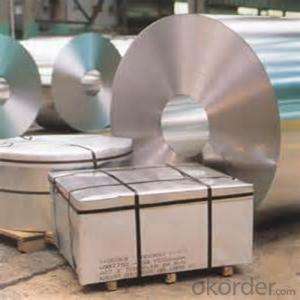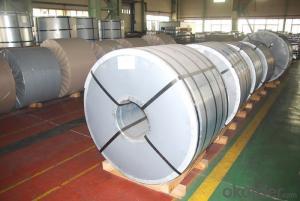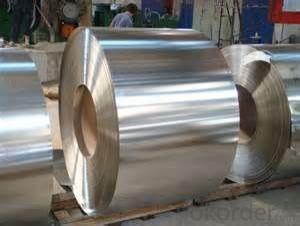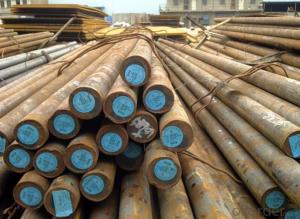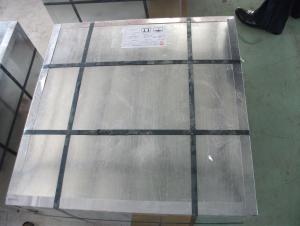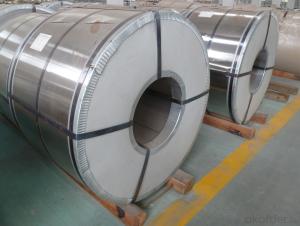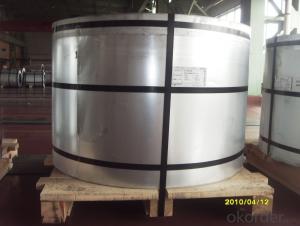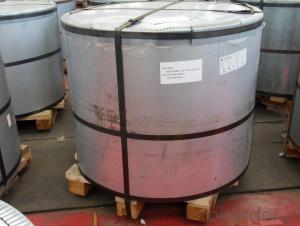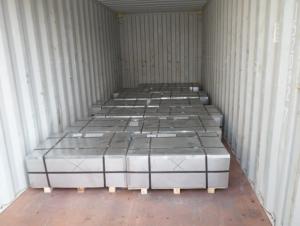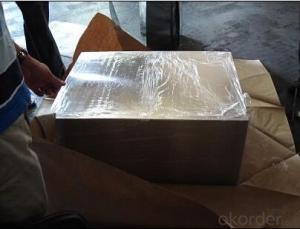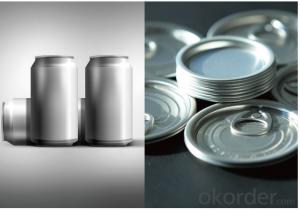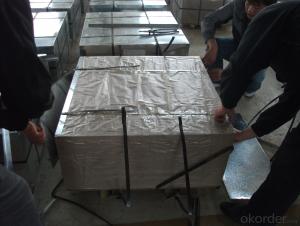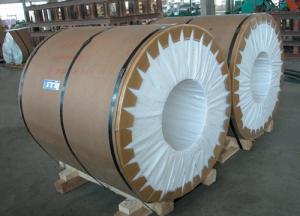Stock Tinplate
Stock Tinplate Related Searches
Rockwool With Aluminium Foil Galvanized Steel Gauge Chart 20 Gauge Stainless Steel 16 Gauge Stainless Steel Stainless Steel Gauge Chart 9mm Aluminum Ammo In Stock Aluminum Foil On Light Bulb Aluminum Pipe Stock Best Aluminum Stock To Buy 1/2 Inch Aluminum Flat StockHot Searches
Stock Price For Aluminum Aluminum Coil Stock For Sale Aluminum Bar Stock For Sale Aluminum Round Stock For Sale Aluminum Square Stock For Sale Aluminum Flat Stock For Sale Billet Aluminum Stock For Sale Aluminum Stock Tanks For Sale Aluminum Stock For Sale Near Me Aluminum Stock For Sale Aluminum Corp Of China Stock Price Of Aluminum Stock Aluminum 80 Lower In Stock China Aluminum Stock 6061 Aluminum Bar Stock Price Aluminum Bar Stock Price Aluminum Price Stock Market Aluminum Stock Market Price Stock Market Aluminum Price Aluminum Stock Price Per PoundStock Tinplate Supplier & Manufacturer from China
Okorder.com is a professional Stock Tinplate supplier & manufacturer, offers integrated one-stop services including real-time quoting and online cargo tracking. We are funded by CNBM Group, a Fortune 500 enterprise and the largest Stock Tinplate firm in China.Hot Products
FAQ
- No, tinplate is not suitable for cooking utensils as it can contaminate food with harmful substances.
- Tinplate contributes to the safety and integrity of packaged products through its excellent protective properties. The tin coating on the steel substrate acts as a barrier, preventing direct contact between the packaged product and the metal surface. This barrier helps to prevent corrosion, oxidation, and contamination of the product. Additionally, tinplate offers high strength and durability, ensuring that the package remains intact during handling and transportation, thereby safeguarding the contents from potential damage or spoilage.
- Tinplate offers several advantages for automotive parts. Firstly, it provides excellent corrosion resistance, making it ideal for parts exposed to harsh environmental conditions. Additionally, tinplate offers good formability, allowing for complex shapes and designs, providing flexibility in manufacturing. It also offers high strength and durability, ensuring long-lasting performance and safety. Furthermore, tinplate is lightweight, contributing to improved fuel efficiency and reduced emissions. Lastly, it is a cost-effective material, providing value for money in automotive part production.
- How to prevent the corrosion of tinplate wall hydrogen sulfide blackening, expansion
- Cathodic protectionProtective screen corrosion protection. The principle of protecting the screen is to make the metal of the anode corrode and protect the cathode metal material from corrosion. A metal or alloy (shielding material) connected to the surface of a metal tank and pipeline to be protected shall be protected from corrosion due to the low potential in the primary cell and corrosion of the screen material used as an anode. This method is applicable to the preservation of oil storage tanks, oil tankers and underground oil pipelines. Screen materials are commonly used, including series, aluminum, town and alloy.Cathodic protection of impressed current. Impressed current cathodic protection method is to protect the metal pipelines and oil storage tanks and electrical excavation of the negative link, as a cathode and protected; the power supply of the positive steel scrap corrosion. The method is applicable to underground oil storage tanks, underground pipelines and terminals, pipelines and tankers directly connected with the sea. Generally used anode materials are scrap iron and steel, graphite, high silicon iron, magnetic iron oxide, etc., these materials are consumed, can be replaced at any time.
- There are several different ways to seal tinplate containers, including using a metal lid with a rubber gasket, using a plastic or paper lid with a heat-sealed lining, using a twist-off cap with a tamper-evident seal, and using a peel-off foil seal.
- The common industry standards for tinplate include specifications for the tin coating weight, the base metal thickness, surface finish, and the adhesion of the tin coating. These standards ensure consistency and quality in the production of tinplate, allowing for its effective use in various industries such as packaging, automotive, and construction.
- Tinplate contributes to the safety of toys by providing a protective coating that prevents direct contact between the toy and any potentially harmful substances. This coating acts as a barrier against corrosion, ensuring that the toy remains safe and free from any toxic materials that may be present in the metal or paint used. Additionally, tinplate is durable and resistant to damage, reducing the risk of children being exposed to sharp edges or broken pieces.

















